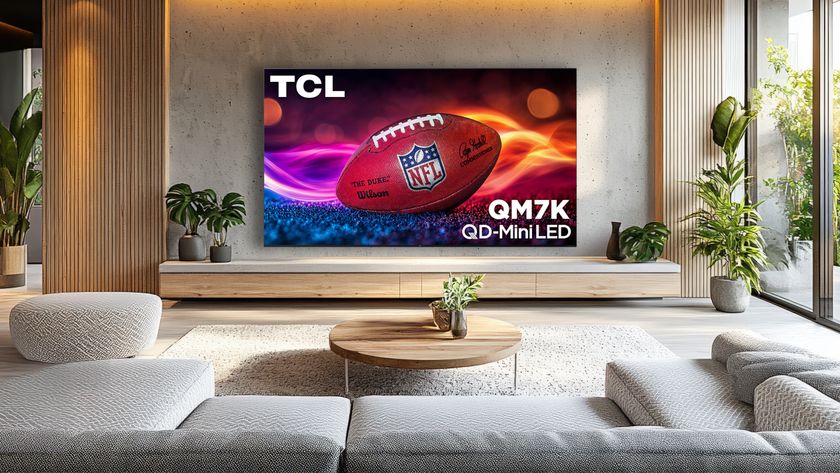What is Google Fi Wireless, and is it worth it?
Who should use Google's wireless service?
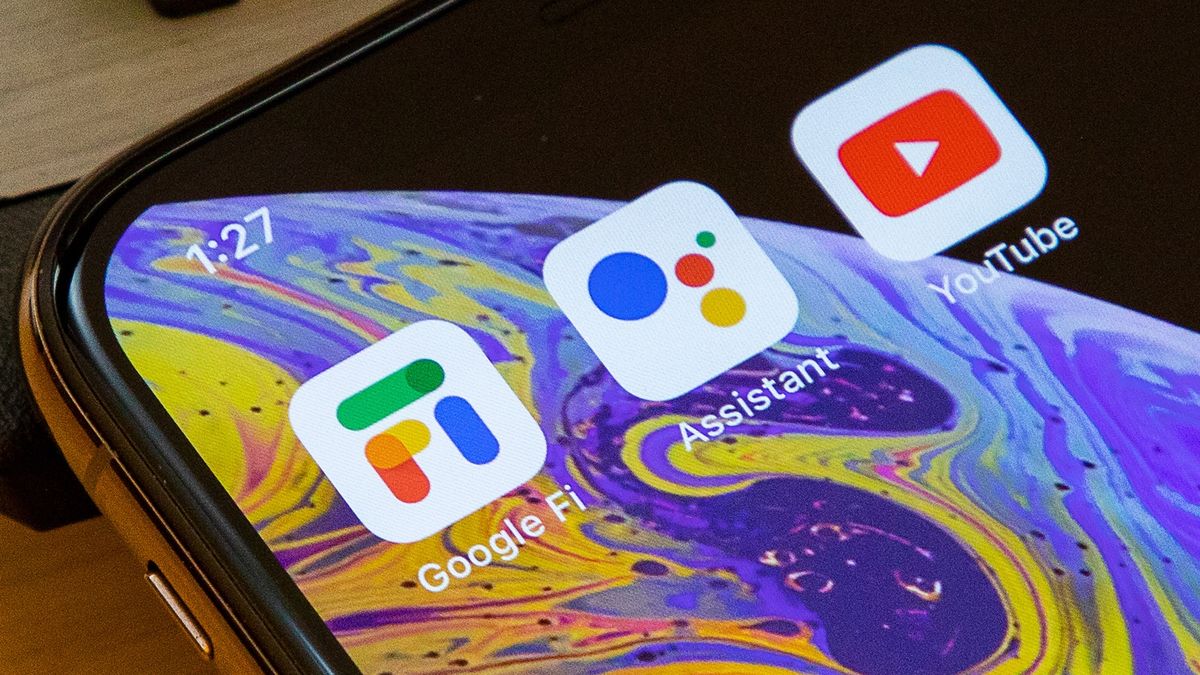
Google already makes the operating system that powers a lot of smartphones. For some of us, it even makes the phone we use. And if you sign up for Google Fi Wireless, your phone's coverage can also come courtesy of the tech giant.
Known as Project Fi when it launched in 2015, Google touted its service as an alternate wireless carrier for select Google devices by using a blend of Wi-Fi and other carrier networks to keep you covered. Initial subscribers were drawn to its pay-only-for-what-you-use approach, too, though Google has expanded its offerings to include unlimited data options as well. Even iPhones work with the service these days (though only select phones are optimized for Google Fi).
A lot has changed since the early days of Project Fi, including the name — it's officially Google Fi Wireless these days. But a lot of what made Google's wireless service appealing many years ago remains in place today.
Here's what you need to know about Google Fi Wireless, if you're considering switching to one of the best phone carriers. Be sure to check out our Google Fi review for more on this wireless carrier.
What phones can you use with Google Fi?
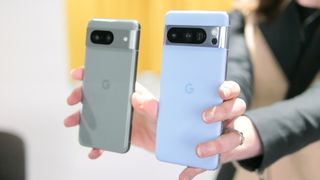
If you haven't looked at Google Fi in a long time, you might think that the service is limited to Google's phones. It's true that Pixel owners will find the wireless service, especially appealing, but now you can bring any device to Google Fi. That includes iPhones, too. Google Fi even has a compatibility checker where you can see if you're able to bring your device to the carrier.
But Google Fi is still best experienced if you're using either Google's own phones or devices from other phone makes sold through Fi. That's because those devices are able to switch between carriers when Google determines there's a stronger signal in your location. That switching occurs both in the U.S. and when you're using your Fi-connected phone overseas.
What's more, Pixel phones that are running Android 12 and later are able to turn on Google Fi's VPN and use something called the W+ network. According to Google, W+ uses secure Wi-Fi networks to improve connectivity in areas where network traffic would otherwise be congested. In other words, a Pixel device is your ticket to optimized service through Google Fi.
Sign up to get the BEST of Tom's Guide direct to your inbox.
Get instant access to breaking news, the hottest reviews, great deals and helpful tips.
Current Pixel models available through Google Fi's store include the Pixel 8, Pixel 8 Pro, Pixel 7a and Pixel Fold. Pixel 7 models remain available at a reduced cost, since those phones came out in 2022.
If you prefer devices from other Android phone makers, the last two generations of Samsung Galaxy S flagships and Galaxy Z foldables are sold through Google Fi. The carrier also sells the low cost Galaxy A14 and Galaxy A15, as well as the midrange Galaxy A54. Several Motorola phones ranging from $199 to $999 are available as well.
What network does Google Fi use?
As with other mobile virtual network operators, or MVNOs, Google Fi relies on another carrier’s network to provide cellular coverage. For much of Google Fi's existence, that meant a trio of carriers — T-Mobile, Sprint and US Cellular. T-Mobile bought Sprint, and started absorbing its network in 2020. As for US Cellular, it parted ways with Google Fi in 2023, leaving T-Mobile as the last partner standing. (Google Fi does tap other carriers as part of its extended network for optimized phones, as noted above.)
That's not necessarily a bad thing, as T-Mobile offers a top-performing network. RootMetrics says T-Mobile ended 2023 with the fastest 5G coverage, and certainly T-Mobile has the most extensive 5G network of the major carriers. Another third-party testing firm is even more bullish on T-Mobile's network performance, giving it top marks in overall experience among U.S. carriers in a January 2024 report.
It's also worth pointing out that Google claims Google Fi customers are "not subject to data traffic deprioritization," which is when a parent carrier slows down traffic from MVNOs on its network if things are getting too congested.
All that said, if you live in an area with poor T-Mobile coverage, your Google Fi experience isn't likely to be any better, so keep that in mind when considering a carrier switch.
What are the best Google Fi plans?
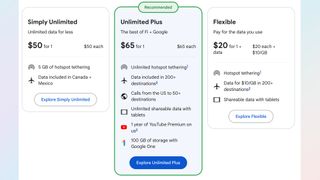
Google Fi keeps plans simple. The original Flexible option remains, providing unlimited talk and text (including international texting) for $20 a month.
So what about data? Under the Flexible option, you pay $10 per GB consumed over cellular networks. Let’s say you expect to use 3GB per month. That would tack on another $30 to your bill, meaning you can expect to pay a total of $50 each month. (That doesn't include taxes or fees, which aren't baked into Google Fi's rates the way they are at other carriers, such as T-Mobile and Visible.) Given Google Fi’s use of Wi-Fi when available, you presumably would use less LTE data than you might with a traditional carrier — though that mostly depends on where you use your phone.
At first glance, that doesn’t compare particularly well to other low-cost carriers. Metro by T-Mobile, which also uses T-Mobile's network, has a 10GB for $40/month. That same $40 would buy you just 2GB of data from Project Fi.
Google Fi does offer Bill Protection to Flexible plan users so that costs don't spiral out of control should you use a lot of data in a given month. Google stops charging $10/GB if a single line uses 6GB of data, capping your total bill at $80. (That's $60 for the data and $20 for the talk and text.) Your speeds will be slower after you go over that 6GB limit.
Bill Protection levels increase if you have more than one line on your Google Fi Flexible plan. A two-person line will see their bill capped at 10GB of use — that's a total of $135/month once you figure in the talk/text cost for two lines plus the $100 worth of data usage. Adding an extra line of data costs $15 for each line, incidentally, if you're looking for the best family cell phone plans.

There's another element to the Flexible plan — you only pay for the data you use. In an example Google offers, if you use 1.4GB in a given month, you're only charged for $14 instead of the carrier rounding up to the next full gigabit.
Still, it would be hard to consider Google Fi's Flexible option one of the best cheap cell phone plans if not for the travel benefits. Specifically, you're able to use your data and texts at no additional cost in 200-plus countries. (Overseas phone calls do cost extra.) We'll talk more about the travel benefits when discussing Google Fi's special features.
Overseas travel is also included in Google Fi's Unlimited Plus plan, which costs $65/month for a single line of unlimited data. Adding a second Unlimited Plus line lowers the cost to $55 per line for a total of $110 monthly. There are additional discounts as you add more lines.
Data isn't truly unlimited with Unlimited Plus. Your speeds can be slowed if you use more than 50GB in a given month, though that is a very generous chunk of data. For that reason — and for the travel benefits mentioned above — Unlimited Plus is one of the best unlimited data plans, particularly if you're a globetrotter.
There is a cheaper option for unlimited data at Google Fi. Simply Unlimited starts at $50/month for a single line of data, with per-line discounts as you add additional lines. But a lot of the perks of Unlimited Plus get stripped away, chiefly the ability to use data at no extra cost when traveling overseas.
What special features does Google Fi offer?
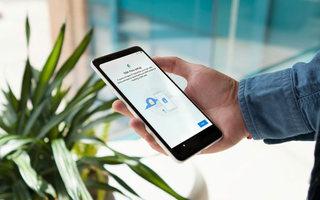
Google Fi customers are able to use their phones as a wireless hotspot for no additional cost, though any data they use comes out of their monthly allotment. Simply Unlimited plans only get 5GB of hotspot data, while hotspot data is truly unlimited for Unlimited Plus.
Google Fi’s real special feature should appeal to travelers looking for the best international phone plan: You’re able to draw from your regular pool of data in 200-plus countries, without having to pay any roaming fees. To put that in context, T-Mobile's Go5G Plus plan lets you use your data in 215-plus countries at no extra cost, but only the first 5GB is high-speed — Go5G Plus also costs $90/month for a single line of data. Opt for the $75/month Go5G plan, and you only get high-speed data in high-speed data in 11 European countries, with data slowed to 2G speeds everywhere else.
The best perks come with the Unlimited Plus plan, which also includes 100GB of Google One storage and a year's subscription to YouTube Premium.
What do customers say about Google Fi?
Reviews of Google Fi posted by the service’s users in the Google Fi app are a love-fest for Google’s wireless service. Fi gets an average rating of 4.5 out of 5, with the majority of customers posting 5-star reviews. The most common complaints involve customer service, with more recent negative reviews also taking issue with performance.
We've reviewed Google Fi, testing it on both optimized phones and regular handsets, and we think it delivers an unparalleled customer experience, even if other carriers offer cheaper plans and you get the most out of Google's service with an optimized device.
Google Fi outlook
There are some clear advantages to Google Fi, from the simple plan structure to the performance boost for Pixel devices. Bill Protection makes Google's service even more appealing for putting a cap on your costs. If you prefer Google’s Pixel phones, the service is a no-brainer, and international travelers will love the convenience of using their regular data plan to stay connected on the go.
Since Google Fi has been expanded to work with phones beyond Google-approved ones, more users can give this service a try, though you're sacrificing some of the benefits of having an optimized device.
Other carriers may offer more aggressively priced data plans, and you may not reap Google Fi’s benefits if you’re not around Wi-Fi as much, though. That said, fans of Google devices will find plenty to like about Google Fi.
Deidre Richardson is a tech enthusiast who has written extensively about smartphones, tablets, mobile gadgets, SEO, cryptocurrency and much more. Her work has appeared on Inferse, Patch, ExtremeTech, Android Headlines and AndroidGuys, as well as Tom's Guide, and she's a graduate of the University of North Carolina at Chapel Hill (B.A, History/Music).


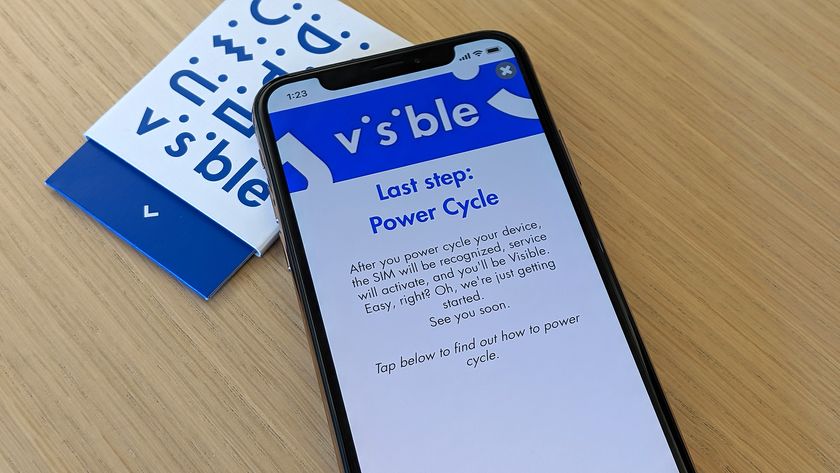




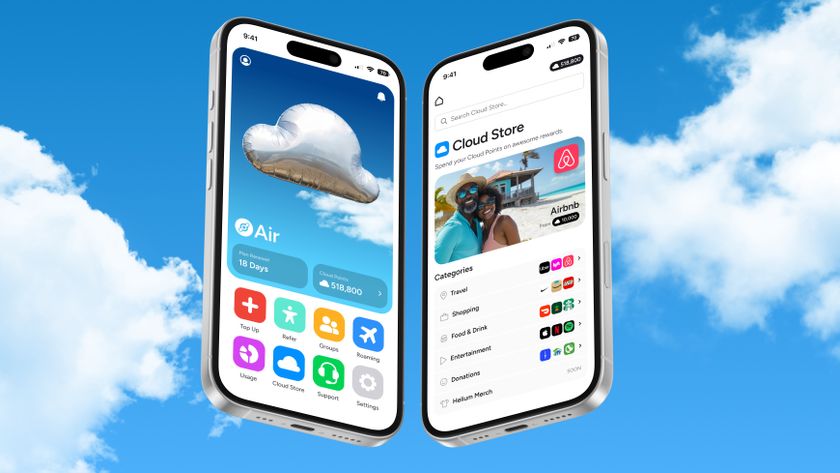
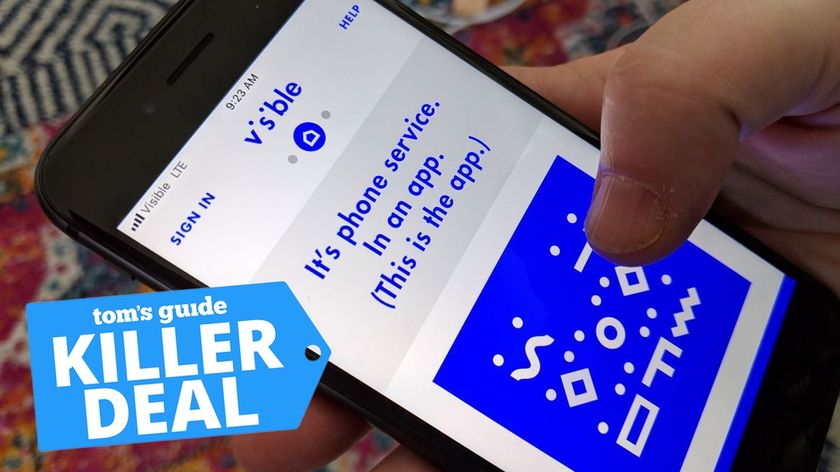


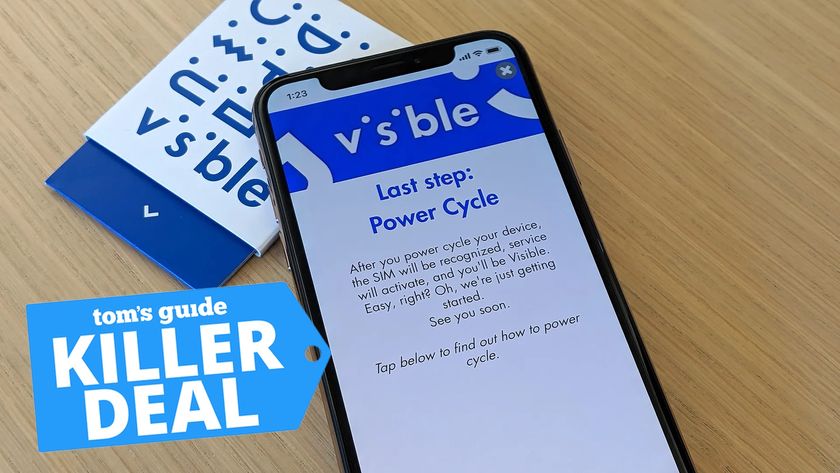





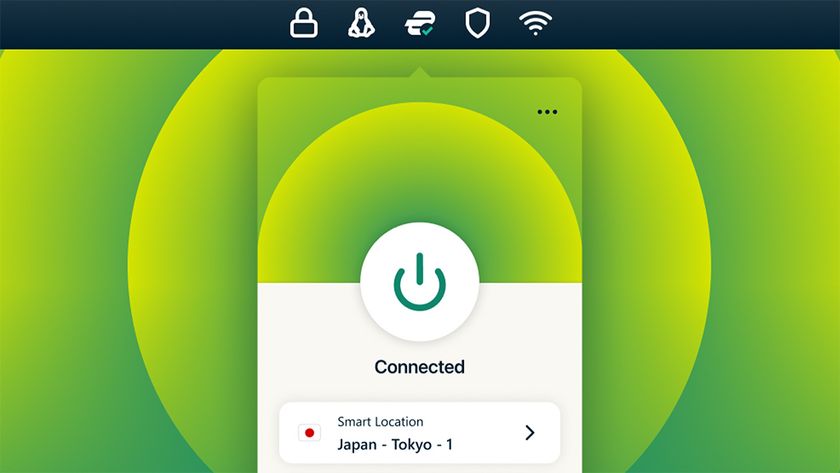
-
StephenFeather I was in one of the first beta batches of users to test Project Fi. Bought a full priced Nexus 6. Despite some bumps in the road, the service was stable and engineers answered trouble tickets pretty fast. That was 3 years ago.Reply
After a year, bought my wife a full priced Nexus 5x and moved her from Verizon to ProjectFi.
Since then I upgraded to a Pixel. When everyone else is getting security patches on the 5th of each month, Project Fi pixel users don't get updates until around the week of the 15th of each month.
In June, the Nexus 5x began to bootloop. After 2 days on the phone with tier 1 support, finally got passed up to the next tier. Project Fi offered to replace the Nexus 5x with a rebuilt model. After 2 days with no news on when this replacement would ship, we bought a cheap pay as you go sim, dropped it into an old samsung s3 and forwarded the project fi number to that device while we waited. We finally get a tracking number...that never leaves the warehouse. The Nexus 5x order is then canceled. Another day of calling, 'we have shipping problems'.
After another day, another Supervisor arranges for a full refund of the Nexus 5x. We package it up and ship it to texas. Order a Pixel to put on the wife's fi account. Four weeks after google received the device, the refund has not been posted back to the payment method. Send an email, told 'it will be refunded'.
And this is where the hell begins. The refund of $454.77 is returned across 2 different Visa accounts. Its refunded in 8 payments, the smallest being $2.76.
As soon as the credits are issued, Project Fi then pulled 3 debits from one of the accounts totaling $375.38.
We paid ourselves the refund.
We spent a week trying to talk to someone at Project Fi support who would understand this, got a lot of 'we are so sorry, we understand, we are working on it.
(Eventually the $357.38 shows up as a 'credit' on her account.)
The next Monday I went to the bank and charged back the 3 unauthorized debits as 'fraud' per the recommendation of the Chase security team.
Its been another 2 weeks and this week Project Fi decide to add one of the charge backs as a debt against the Project Fi account, so this months bill is $257.
We are in the middle of a shell game where all they have done is move our money around between various 'accounts'.
Project Fi? Avoid. Engineers are running the books, not accountants. No one is responsible, and communication is mostly done by email. -
Ryan_350 Project Fi is amazing! Can't say enough great things about the service people are super helpful will never go back to the big 4 carriers awful awful service... Oh and data is no problem me & my wife have Nexus 6ps ( awesome phones) and each have 1 GB of data here's the kicker we use mabye 200mbs wifi @ home and we both work downtown so wifi, wifi everywhere!! And credits on the bill every month again if you're thinking about it pull the trigger! Google is redefining the mobile game.Reply -
rgd1101 Reply19989682 said:cAN NOT SEE HOW THIS WOULD WORK IN THE MIDDLE OF FLY OVER COUNTRY?
If the plane have wifi. but probably pay for it. -
Luis_101 I have been using Project Fi for almost a year and I love it!Reply
I don´t need to gather the patience to deal with customer service, can control my costs really well (usually wont surpass 2gb of data), and when traveling, Fi has been a godsend.
Granted, that this carrier is not for everyone. It just does not make sense for those who use lots of data, or those in T-mobile or Sprint deadspots.
Tip: If you won´t be using Fi for a period of time, you can pause the service in within the app. Fi will not charge you for that period!
-
rgd1101 Reply20031451 said:I have been using Project Fi for almost a year and I love it!
I don´t need to gather the patience to deal with customer service, can control my costs really well (usually wont surpass 2gb of data), and when traveling, Fi has been a godsend.
Granted, that this carrier is not for everyone. It just does not make sense for those who use lots of data, or those in T-mobile or Sprint deadspots.
Tip: If you won´t be using Fi for a period of time, you can pause the service in within the app. Fi will not charge you for that period!
https://fi.google.com/about/faq/#top-faq-5
Sprint, T-Mobile, and U.S. Cellular -
eryr80 Sadly my experience differs... If you are in the hinterlands of the US you get the fun of watching people with TMobile and Sprint being able to call but Fi does not work.Reply
Of you have a problem customer No Service can only apologize and make vague promises.
Warning consider everything before you use Fi -
paulvotava Same here, good if it works, if you have problems like tower switching issues in my case, they leave you hanging for weeks with apologies and no solutions. Stay away!Reply -
mindling Project Fi is terrible if you want reliable, seamless communications overseas. It almost never works with local cell carriers, and sometimes works on wi-fi. But I don't have the time when abroad to waste with "FI" drones apologizing and doing very little of value. And besides, how do I communicate with them if my Fi phone doesn't work? They could not replace my Nexus 5P phone, have offered me a refund (I suspect it is their network(s), not the phone. They will not give me a discount to replace the phone, and the new phone is over $650. No thanks.Reply -
paulvotava Reply20139455 said:Project Fi is terrible if you want reliable, seamless communications overseas. It almost never works with local cell carriers, and sometimes works on wi-fi. But I don't have the time when abroad to waste with "FI" drones apologizing and doing very little of value. And besides, how do I communicate with them if my Fi phone doesn't work? They could not replace my Nexus 5P phone, have offered me a refund (I suspect it is their network(s), not the phone. They will not give me a discount to replace the phone, and the new phone is over $650. No thanks.










